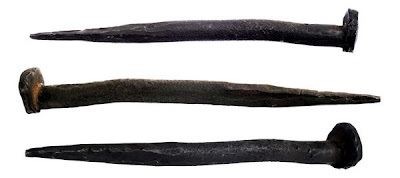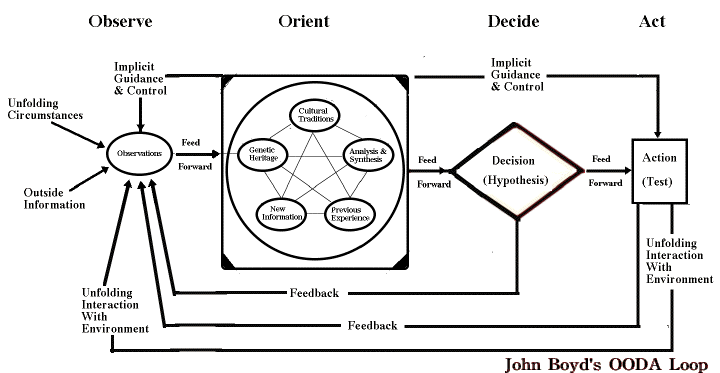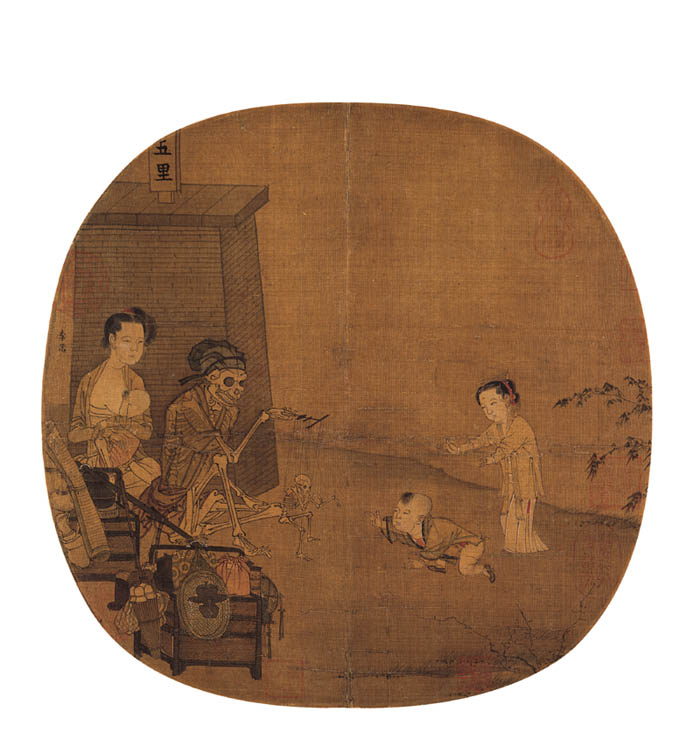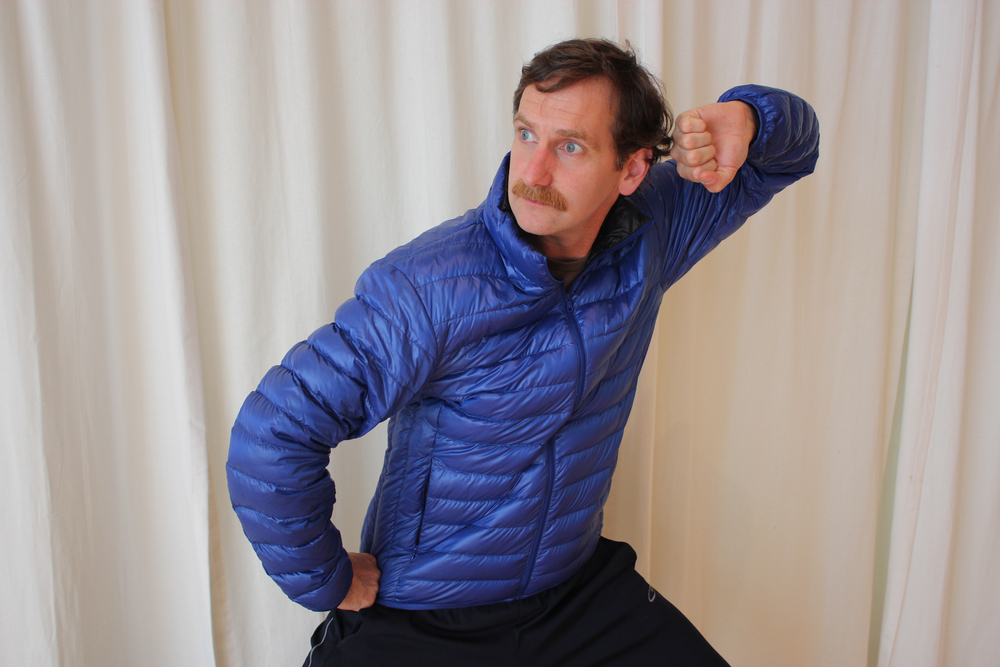Invest in Loss
/I've written about this topic before, Not Your Grandmother’s Tai Chi and here too. And I recommend you go over to the Yang Family Tai Chi forum and read what the expert translators say "Invest in Loss" means.
Here is the question:
I am told of a quote from Cheng Man-ching, "Moreover, a beginner cannot possibly avoid losing and defeat, so if you fear defeat you may as well not even begin. If you want to study, begin by investing in loss. An investment in loss eliminates any greed for superficial advantages... Concentrating your ch'i to become soft is the only proper method to invest in loss." translation by Mark Hennessy.
"Invest in loss" is an expression which has become very widespread as a part of any English language explanation of tai chi push-hands. As Louis Swaim explains in the link above, it is actually two characters, eat and loss (chi kui). And that any fluent Chinese speaker would hear it as closely related to the ubiquitous phrase, eat bitter (chi ku).
The problem is to make it apply to tai chi practice. As I said in my first link above, I believe the phrase implies willingly losing as a method of learning better ways of moving and fighting.
For example, take a better position by moving your foot, without letting your opponent know that is what you are doing. Use your mind in tricky ways. Plan, not to win but to cheat.
I also like thinking that Cheng Man-Ching knew he was in New York City and knew what a bear market strategy was. He was aware that he was talking to Americans and liked a translation that had the term 'invest' in it. Invest in loss sounds like a short sale on the stock options market. Why not make money while you're losing? Americans will understand that.
But I also had the great fortune to read Paul A. Cohen's book Speaking to History: The Story of King Goujian in Twentieth-Century China , which explains the origin of "eat bitter." The premise of the book is that the Goujian story is as well known to all Chinese as Cinderella is to Americans. And yet, most foreigners who become fluent in Chinese never have an opportunity to learn the story or to contemplate it's meaning. The expression "eat bitter" is often explained as a rough equivalent of "pay your dues," or Muhammad Ali's "Don't quit, suffer now and live the rest of your life as a champion" or "misery has its merits." Except that it is often explained that Chinese people kind of expect to suffer and don't necessarily expect a reward later on, although they may hope for one. I have often heard that in the context of learning, "eating bitter" is a byproduct of dedication and subordination to a worthy teacher.
But Paul Cohen turns all that on its head because the story of Goujian is very straight forward. He was conquered and he totally accepted the most humiliating subordination for years before getting his kingdom back by trickery. Then he secretly plotted a strategy of total revenge over 20 years. The way he kept himself focussed on the task of revenge was by wearing furs in summer and going bare chested in winter, and by hanging an extremely bitter gallbladder from his doorway which he would lick every time he walked under it. So eating bitter, or eating loss, means to accept defeat publicly while secretly planning totally revenge.
That fits very nicely with my understanding of "invest in loss." Let your opponent think he won, but position yourself to break his legs.
__________________________
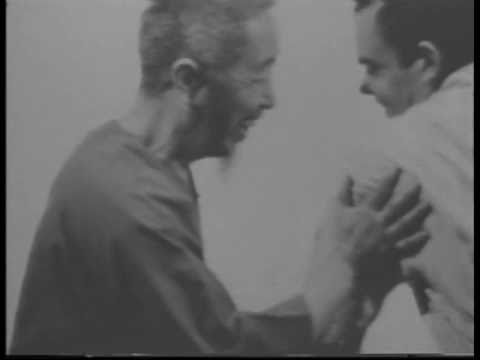
As an aside, I am very sympathetic to those who wish to see push-hands as a way to transmit non-aggression or even non-intention, giving up control and letting go of self-assertion. But I think the "game of push-hands" is at best a tool, if people are using it to improve skill or attain attributes they are likely to charge right past such open ended forms of daoist fruition. The dao of wuwei has no method, no requirements and no form.
__________________________
Irony Alert! After having written the above text, I spent about two hours editing it and added another section. The stuff I said was totally awesome, like the best writing I’ve ever done, and it was full of secrets too. And then I hit the cancel button by mistake...I guess that’s what happens when you title a post “invest in loss.”
I’ll just tag a few more lines on here but I just don’t have the time to re-do it.
__________________________
As another aside, (and I've written about this a bit in the first link up top) Dominance is in our genetic code. A two week old goat has good rooting and uprooting skills because they use those skills to establish social dominance. We are the same except we also establish dominance verbally, spatially, with money, with knowledge, with mates, etc.... So when people set out to learn martial arts they naturally frame it as a dominance exercise. Complicating things, self-defense is not about dominance, but violence professionals like prison guards, bouncers, and police are often required by their job to assert dominance so a lot of dominance training gets totally mixed up with the larger subject of martial arts.
Push hands can be a fun dominance and submission game. I concede that. It is dominance by either superior skill, sensitivity or mysterious qi cultivation. The Cheng Man-Ching school, the school most responsible for popularizing the expression "Invest in Loss," tends to teach push hands as a dominance game. They are often so hell bent on not losing that they collapse their chests in a desperate effort to evade. This is a tragedy because with the loss of upright posture there is a profound loss of fruition.
When people practice push hands with perfect upright they completely discard pushing! From there effortlessness and stillness are revealed. Non-aggression, wuwei, our true nature (de), all manifest spontaneously.



